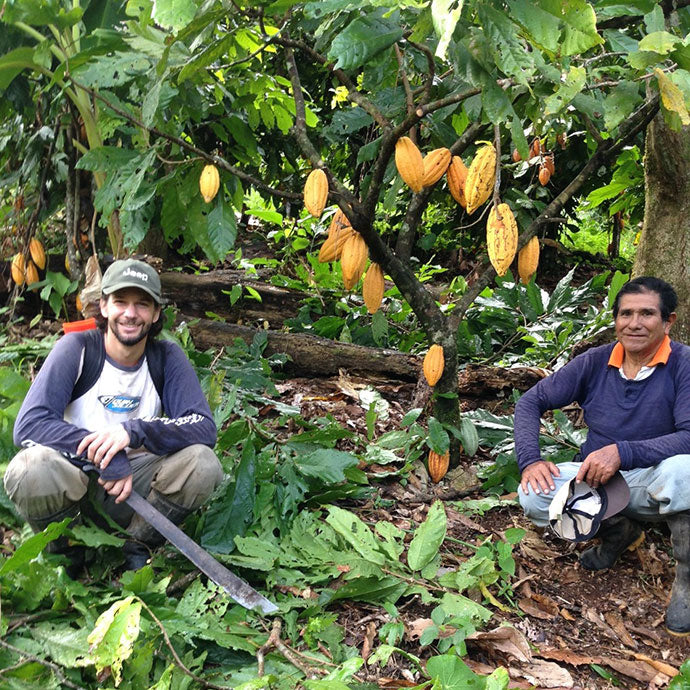San Martin
Type
Central Fermentary
Location
Santiago de Sisa, Peru
Tasting Notes
Red fruits, Citrus, Bold
Varieties
Native Trinitarios and Criollos
Fermentation Style
Wooden Boxes
Drying Style
Sun dried over elevated nets. Shade finished
Elevation
300 - 600 meters
Harvest Season
Main Harvest April- July


